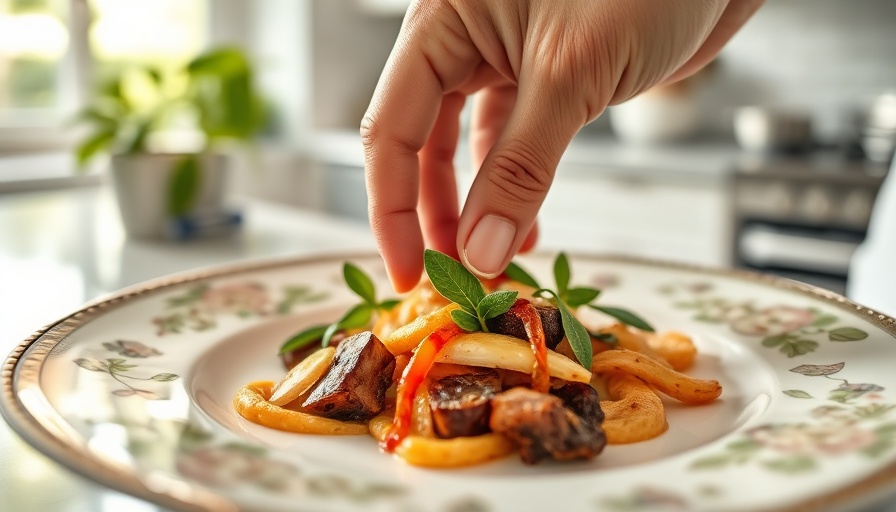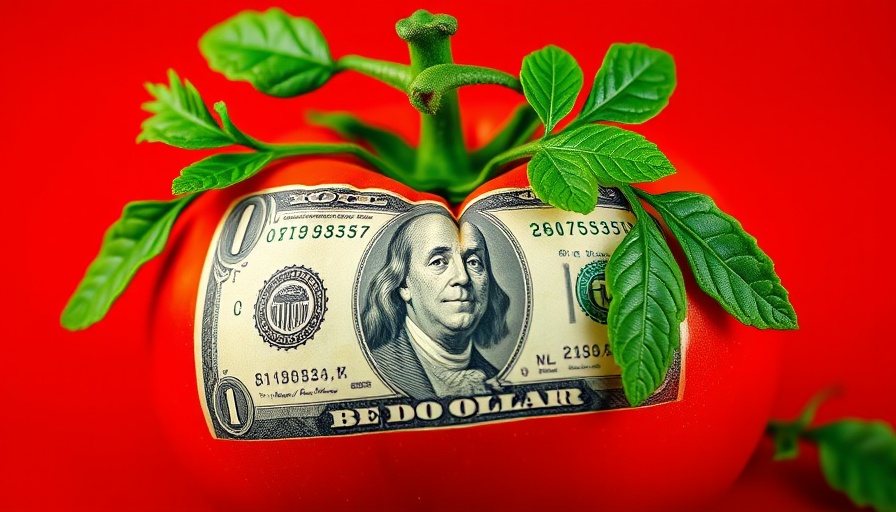
Celebrating Culinary Legends: The New Chapter of Chef’s Table
As Chef’s Table approaches its momentous 10-year anniversary, the culinary world buzzes with excitement about the upcoming season, set to spotlight four iconic chefs: José Andrés, Thomas Keller, Jamie Oliver, and Alice Waters. Premiering on April 28, this season promises a rich exploration of what elevates these culinary figures beyond just being extraordinary chefs—they are legends in their own right.
These four chefs, each with over three decades of contributions to the culinary scene, have reshaped not only the ways we see food but also how we engage with it socially and politically. Their legacies intertwine with poignant stories of humanitarian efforts, culinary innovation, and pushing towards healthier eating habits.
History of Chef’s Table: A Journey Through Culinary Art
The documentary series Chef's Table, launched a decade ago, revolutionized food storytelling by emphasizing the personal journeys of chefs rather than merely their culinary creations. The first season featured table-side insights that resonated with audiences, revealing the hard work and deep passion that lies behind each dish served. Over time, viewers were introduced to a medley of influencers in the culinary domain, from the meticulous creations of Frances Mallmann to the bold inventions of Grant Achatz.
The show’s creator, David Gelb, aims to uncover not just the skills of these chefs but also the intricate layers of their lives. As he asserts, “People know the television persona. They don’t know the deep, full story.” This goal remains alive in the latest season, dedicated to chefs with a profound impact on food culture.
The Power of Food in Social Change
Each of these chosen chefs has used food as a vehicle for social change, advocating for various causes that extend beyond the kitchen. José Andrés has galvanized a movement to feed those in need, wielding food as a tool for humanitarian crises through his organization, World Central Kitchen. Similarly, Alice Waters has championed farm-to-table dining and sustainable practices for decades, impacting how people connect with the environment.
Jamie Oliver's commitment to improving school meals and nutrition awareness has sparked a change in perceptions towards healthy eating, while Thomas Keller has redefined fine dining itself. Collectively, their philosophies promote a communal approach to food—capturing its essence as a means to unite people.
Behind the Scenes: A Peek into the New Season
The upcoming season of Chef’s Table not only promises stunning visuals and captivating narratives but delves into the heart of what drives these chefs. Each episode aims to go beyond culinary techniques; they seek to reveal the humanity behind the chefs. The stories focus on what motivates them and the challenges they’ve encountered along their paths.
As Oliver expresses in the show’s trailer, “I have a job to guide as many people toward the joy of food and cooking.” Such authenticity and passion are likely to resonate deeply with viewers looking for more than just recipes—it’s about the journey, the joy, and the community that food cultivates.
What Viewers Can Expect: Emotional and Inspirational Narratives
Fans of Chef’s Table can expect emotionally charged storytelling intertwined with anecdotes that reflect challenges, successes, and the transformations each chef has encountered. These narratives promise to inspire not just food enthusiasts but anyone looking to enhance their connection with food and its role in their lives. The series will also explore unique insights into the creative processes of each chef, allowing audiences to appreciate the thoughtfulness that goes into crafting memorable dining experiences.
Why It Matters to Global Food Culture Enthusiasts
For digital nomads and those deeply interested in global food culture, this season of Chef's Table opens up discussions about the significance of culinary heritage and the role it plays across various societies. It invites viewers to reflect on their own eating habits, health goals, and how food choices enrich their lives.
As we celebrate the contributions of these culinary legends, we encourage our readers to not only watch the new season but to engage further with the themes of community, health, and purposeful cooking that emerge from these chefs' narratives. The series reminds us that food is more than sustenance; it’s a central piece of our cultures and experiences.
In a world focused on connection and sharing, let this new season of Chef’s Table inspire your culinary adventures, reminding you to explore, create, and connect with others through food. Join us in celebrating these legends and the impact they have made on our plates and beyond.
 Add Row
Add Row  Add
Add 




Write A Comment